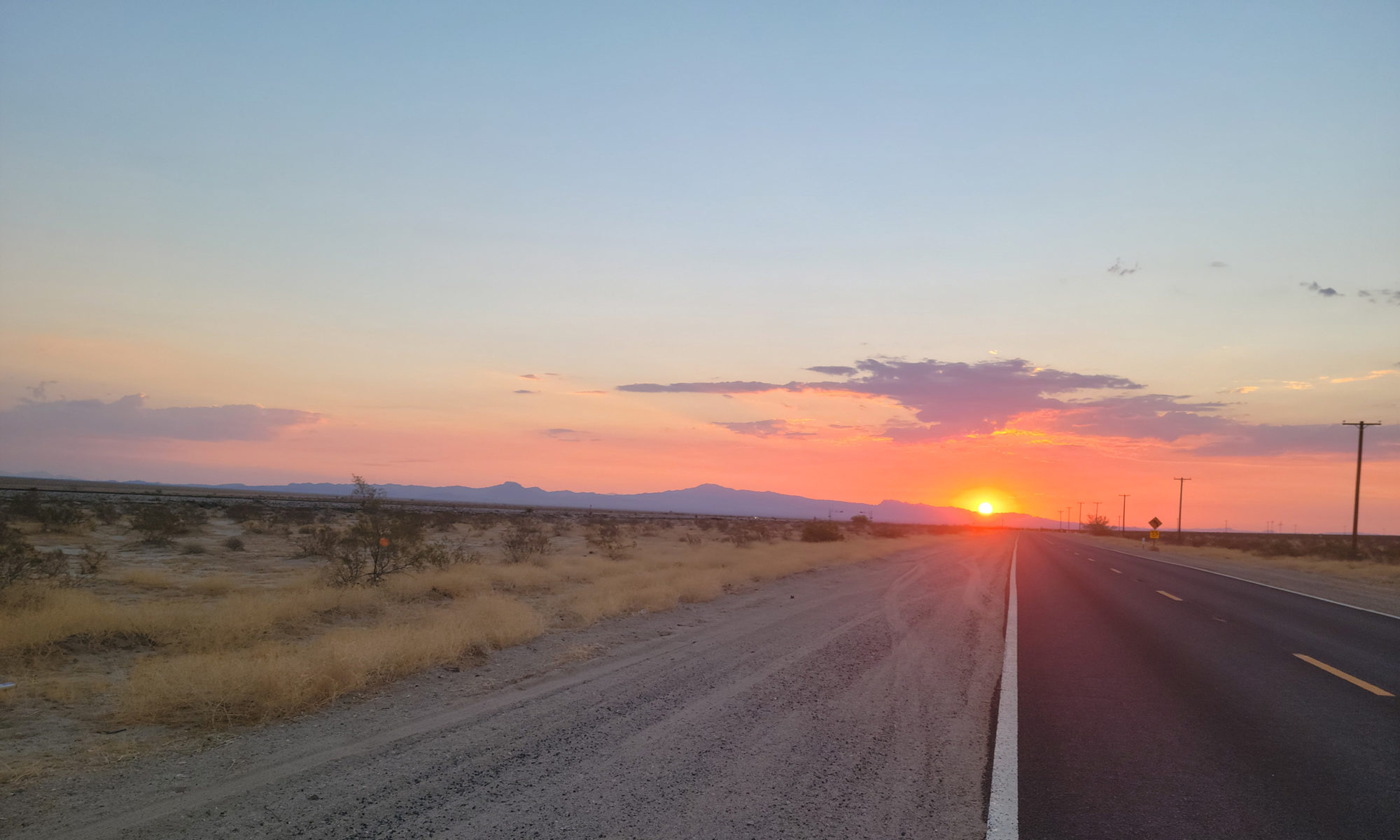Getting Way Out There While Winter Hiking in the Whites
New Hampshire’s White Mountains are among the most formidable hiking proving grounds in the eastern United States. Renowned for its 48 4,000-foot peaks, the White Mountains present challenges for hikers at every level.
Winter hiking in the Whites presents its own special challenges, and until this past month I had never tried it. I drove up toward Twin Mountain, NH, from where I would set out, on December 27, curious about the experience. I had two days of solo hiking in front of me.

I chose to hike up Mount Pierce on the first day, with an option to loop over to Mount Jackson, two 4,000-foot peaks in the famous Presidential Range, of which Mount Washington is part. I harbor an aspiration to winter hike up Mount Washington at some point, and I’d read that Mt. Pierce was one of a few good warmups for that much larger, and more dangerous, undertaking. (I will be writing about that adventure when I succeed!)
More Challenge Needed
Starting from the Highland Visitors Center on Route 302, I headed up the Crawford Notch Trail. This is not a difficult trail as they go in the Whites. It climbs steadily for about 3.2 miles, not especially steep. This moderate climb attracted a good share of hikers that day, so that the snow was well tamped down and the footing reliable. It was a cloudy day so views from the top were nonexistent around mid-day. What the peak of Pierce did offer was a harsh, snappy wind and a bald top that deterred lingering for very long there.
I sought more. So from the summit of Pierce I proceeded on the Mizpah Trail. As fellow hikers returned, doubling back on the same trail down, I trudged forward into the back woods on a little used trail with the snow path barely broken. For more than two hours I pushed through deep snow not seeing anyone else. It was isolated, still and utterly beautiful, with a modicum of risk (if anything happened to me out here, no one was coming to help.)
Exactly what I was looking for. Silence, solitude, snow and a decent challenge. I came across Mizpah hut, a good-sized lodging hut open to hikers starting in late spring all the way into November. My daughter, Livvy, was hut master at Mizpah this past fall, so I stopped and snapped some pictures of the boarded-up building to share with her.

Then I proceeded onto Mt. Jackson, still not seeing anyone for hours. I was in heaven. As I climbed to the summit of Mount Jackson, the wind whipped up and the skies cleared to give me an extended, stupendous view of the Presidential Range and beyond. It was blustery and cold so I didn’t stay long. But in the wind the trail down was hard to locate and for a minute I searched, haunted by numerous stories of hikers getting disoriented in the Whites and stumbling off the trail and getting in trouble.

Finally I found the Jackson Bridge Trail, which slipped straight down through an iced over and very slick rock gap. Really? I thought as I perused the gap from above. I’m supposed to go down that? I took my time and made it, then trudged the three miles descent back to the Highland Center.
More Deep Snowing Hiking
The next day I decided I would bag a couple more 4,000-footers, toying with the idea of adding all 48 4,000-footers in the Whites to my adventure list. It’s a thing. I’ve climbed about a dozen of them so far. We’ll see.
For today it would be the Kinsmans, north and south, two peaks on the north side of Route 93, opposite Franconia Ridge, which I’ve already done (though not in winter, when it becomes a more formidable endeavor).
I started up the Lonesome Lake Trail, another well-trodden path with no shortage of fellow hikers. About a half-mile up, I spotted an interesting but difficult-looking trail jutting straight up. I checked my map: the Dodge Cutoff, which led to the Kinsman Ridge Trail. I knew nothing about these, but it was off the beaten path so I took it.

It was all I could handle. The Dodge Cutoff climbed straight up (no switchbacks in the Whites) and it wasn’t well-traveled so I was pushing through deep snow. I opted to continue climbing to Kinsman Ridge Trail, a gorgeous back country trail that cuts through the alpine at around 3,700 feet, just below Cannon Mountain.
I wanted isolated wilderness and I got it on this trail. It took me nearly three hours –no other hikers around – of steep ups and downs to work my way back to the more populated Lonesome Lake Trail. By then it was after 2 p.m.
More Adventures in the Whites
I opted to bail on the Kinsmans for the day. It would have been another two miles of climbing. I was zonked from the outback rugged trail I’d taken, plus the deep snow. Also, I would have run out of daylight, and though I had a headlamp, I didn’t want to be hiking down in the dark. I also had a three-hour drive back home when I was done.
The down via the Lonesome Lake Trail was steep and fast. I made it back to my car before 4 p.m. Almost six hours of steady hiking. I was ready to head home.

The beautiful thing about the Whites is that the park is so vast and there are so many trails that a hiker can get whatever they are looking for. A communal nature experience. A range of exertion levels, from moderate to difficult to intense. Or, pure isolation, in which some of the trails lead you deep into the wilderness where few others tend to go.
That’s what I was seeking for this adventure. That’s what I got.
Many more White Mountain trails to explore.














